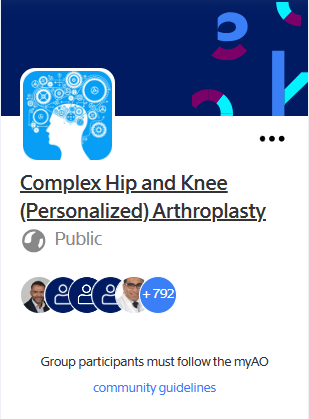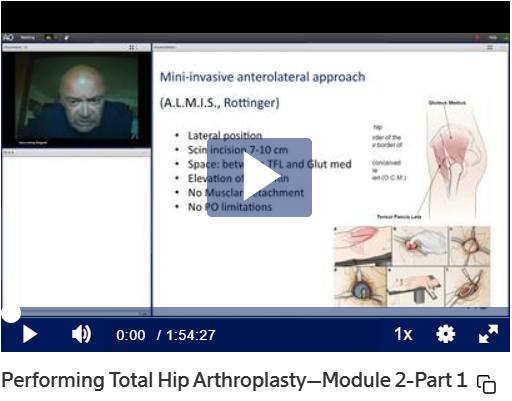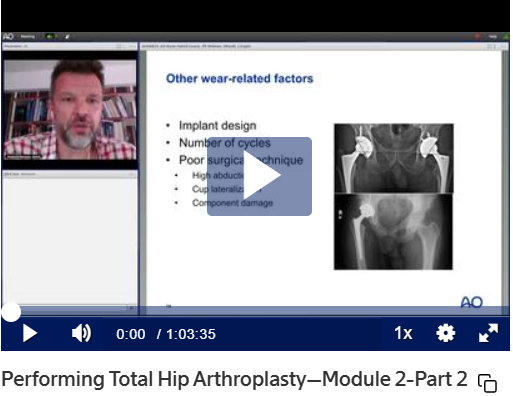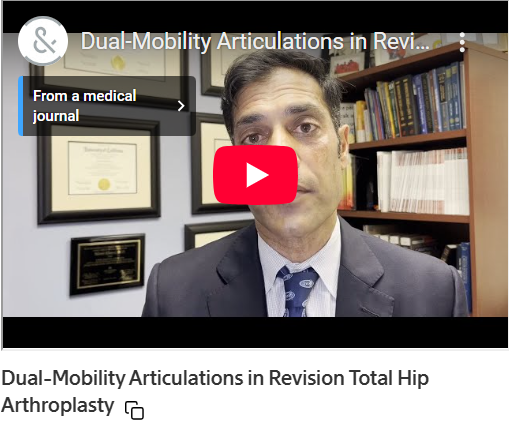Clinical Topic Roundup
March 2022
Innovation translation at the AO and its AO Innovation Translation Center (AO ITC) encompasses the conception, strategic evaluation, and development of clinical solutions in collaboration with industrial partners. It includes proof-of-concept work with innovators, valorization of new technologies and techniques and clinical evidence creation to prove the added value of new solutions. Strategic investments in intellectual property, technology, and companies are also part of AO ITC's mandate.August 2022
Arthroplasty is commonly used to treat acute fracture of the proximal femur, complex proximal humerus fracture or elbow fracture, but is less usual in complex knee fracture. The main objective of arthroplasty in fractures of the proximal femur is to save the patient's life by limiting the decubitus complications, thanks to immediate resumption of weight-bearing. For the shoulder and elbow, the objective is to save joint function, thanks to immediate postoperative mobilization.May 2022
Surgeons’ demand for knowledge and training on Head & Neck Cancer and Oral Oncology spans the specialties from head and neck surgery to maxillofacial, plastic, ear, nose, and throat, and general surgery. myAO is offering you the following exclusive selection of "knowledge gems" around Head & Neck Cancer and Oral Oncology.April 2023
Orthognathic surgery comprises a series of technical procedures aimed at the correction of the volume and position of the facial bones. Since the mandible and maxilla are tooth-bearing segments, a combined orthodontic-surgical treatment is required in order to attain an optimal occlusion.May 2022
Biomechanics, the application of mechanical principles to living organisms, helps us to understand how all the bony and soft spinal components contribute individually and together to ensure spinal stability, and how traumas, tumours and degenerative disorders exert destabilizing effects. myAO is offering you the following exclusive selection of "knowledge gems" around spine biomechanics.August 2022
Arthroplasty is commonly used to treat acute fracture of the proximal femur, complex proximal humerus fracture or elbow fracture, but is less usual in complex knee fracture.June 2022
The surgical treatment of sports injuries and other soft-tissue conditions around the joints are closely related to classical orthopedic and trauma surgery, however, many innovative techniques for prevention, repair, and reconstruction require specific specialization to achieve excellence in patient outcomes.September 2022
Children may experience several types of pediatric spinal deformity, including scoliosis, kyphosis and spondylolisthesis. While many pediatric spinal deformities can be treated conservatively, with physical therapy or bracing, some require surgery.














